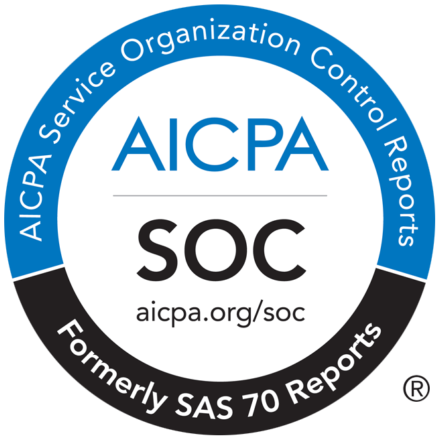Different types of plagiarism pertain to the wrongful copying of the text of another author without mentioning the source. This misrepresentation and copying of a particular text as one’s original writing is a serious offense.
The offense of plagiarism can result in punishment as it comes under copyright laws that protect the lawful author or owner of the text or content. Duplicate or copied content takes away the originality of the writing itself, and therefore the writing fails to reach the reader. Thus, for research and academic papers, as well as in all other types of writing, writers must be careful with their source material.
If a piece of writing has even the slightest hint of plagiarism, it is not original content anymore; instead, it gets considered copied content. Therefore, it is essential for writers to know how to avoid plagiarism; and retain the originality of writing.
Unique content is important for different areas of our lives; for example, you need quality, informative and original texts to promote your website on Google. Search engines carefully check the relevancy of the articles, readability, and other details. Therefore, it’s better to avoid plagiarism and create new, engaging, and inspirational blogs.
What are the Different Kinds of Plagiarism?
There are a few types of plagiarism that exist. Direct plagiarism and mosaic plagiarism are the most common.
It is essential to know how to check plagiarism online to avoid it.
Direct Plagiarism:
Most commonly, plagiarism involves adopting parts from another writer’s writing without proper mention of the source. The person copying from the text often does not change even a single word. The plagiarist can also change parts of sentences or replace some words with their own. This, however, is still considered plagiarism.
Among the different forms of plagiarism, direct plagiarism is the most harmful. When the plagiarist copies and pastes the text from someone else’s work and neglects to cite the source or remove quotation marks, it is direct plagiarism.
The identical copying or cloning of a text is a severe offense. This duplicate content falls under the category of deliberately plagiarized content. It is unethical, and the writer of the original content can even potentially take legal action against the plagiarist.

Find out what’s in your copy.
Get started with Copyleaks for free today!
Mosaic Plagiarism:
There is another type of plagiarism that is unintentional. In this case, the plagiarist may have mentioned the source of the content he has referred to. But, if they do not acknowledge the quoted part, or put the quoted material in quotation marks correctly, then the writer is guilty of plagiarism.
It is essential to refer to certain source materials to enrich writing and support claims made in a paper. If a writer uses the internet as a source, they must know what not to do to avoid plagiarism. The most important thing is to properly mention the source of the work he has referred to, or if a writer uses a quote, they must use quotation marks to avoid mosaic plagiarism.
This type of plagiarism occurs when the writer borrows phrases, or even partial phrases, from a particular source without using quotation marks. It can also happen when a writer substitutes some of the words from the content without changing the original structure of the source.
Unintentionally paraphrasing someone else’s work without proper attribution leads to mosaic plagiarism. Sometimes, plagiarists do “patch-writing” by paraphrasing certain parts and then copying and pasting the text in other places. This is also mosaic plagiarism.
Self-Plagiarism:
Self-plagiarism is one of the common types of plagiarism, where writers, often students, copy and paste part of their previously submitted paper. If the student submits the same paper for two different class projects without asking the teacher, then that is considered self-plagiarism.
Though self-plagiarism does not often end with serious legal action, that can affect the presentation of academic papers and research papers.
Accidental Plagiarism:
Another common form of plagiarism is accidental plagiarism. When the plagiarist misquotes the phrases or parts of the text they have taken from the source material, does not cite the source adequately, or cites a wrong source, that is considered plagiarism.
For incorrect authorship, even though the name of the work gets cited, the original writer can take disciplinary actions against the plagiarist, even though accidental plagiarism is in no way intended.
How to Use Online Plagiarism Checker Tools?
It is essential to thoroughly check a research paper, academic paper, website, or blog for plagiarism. Avoiding plagiarism is one of the most significant challenges for writers interested in generating original content. It is best if the writer avoids paraphrasing content, cites the source appropriately, and looks for the best plagiarism checker on the market. The writer should use plagiarism software to make content completely free from plagiarism. There are many free versions of an online plagiarism checker to check plagiarism in content. Anti-plagiarism software also helps writers choose proper SEO keywords for their work, which helps several readers reach their content easily using the internet.
An online plagiarism checker is the best way to uncover paraphrased parts or misquotations and remove the chances of accidental plagiarism.

